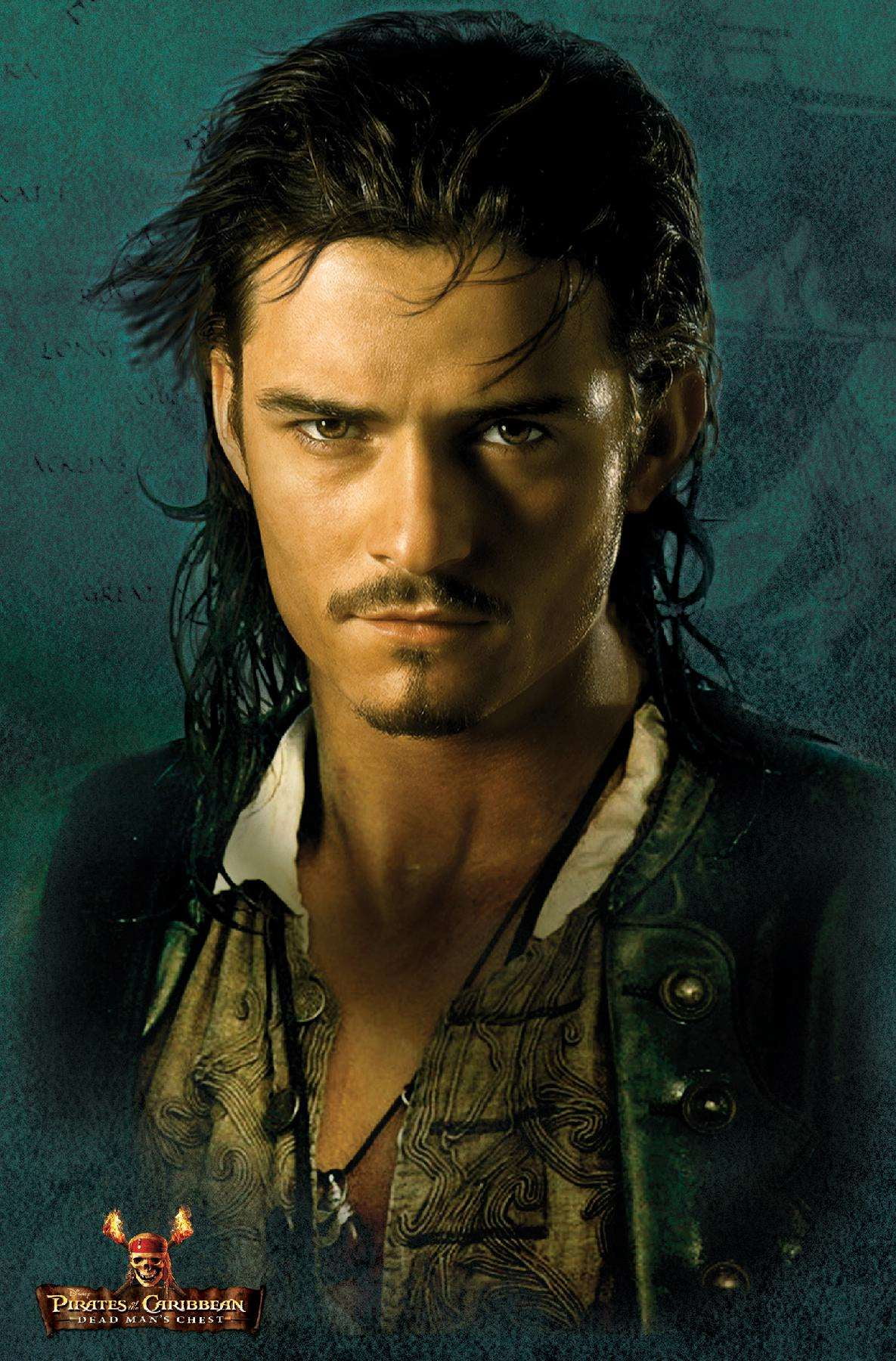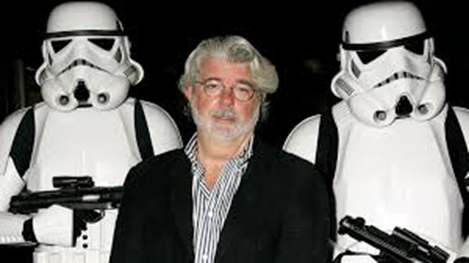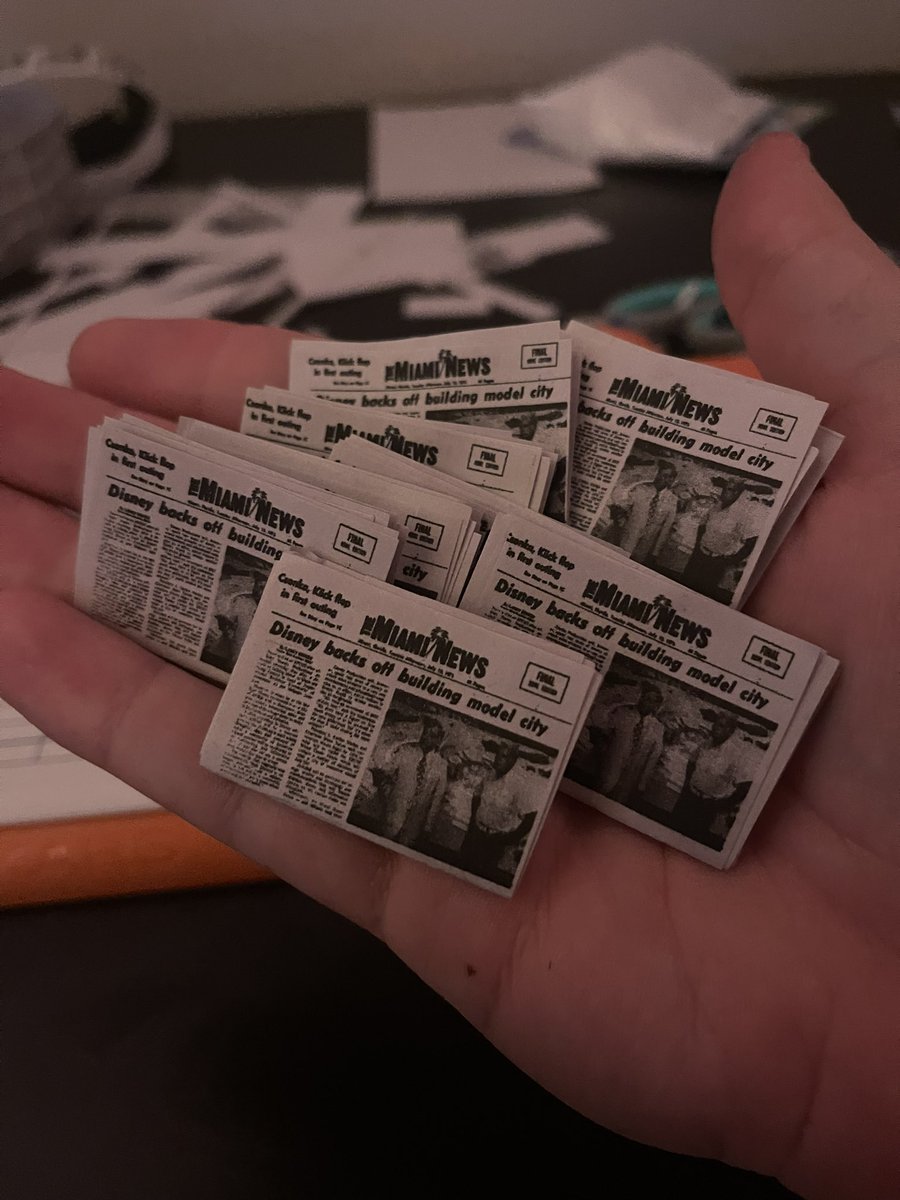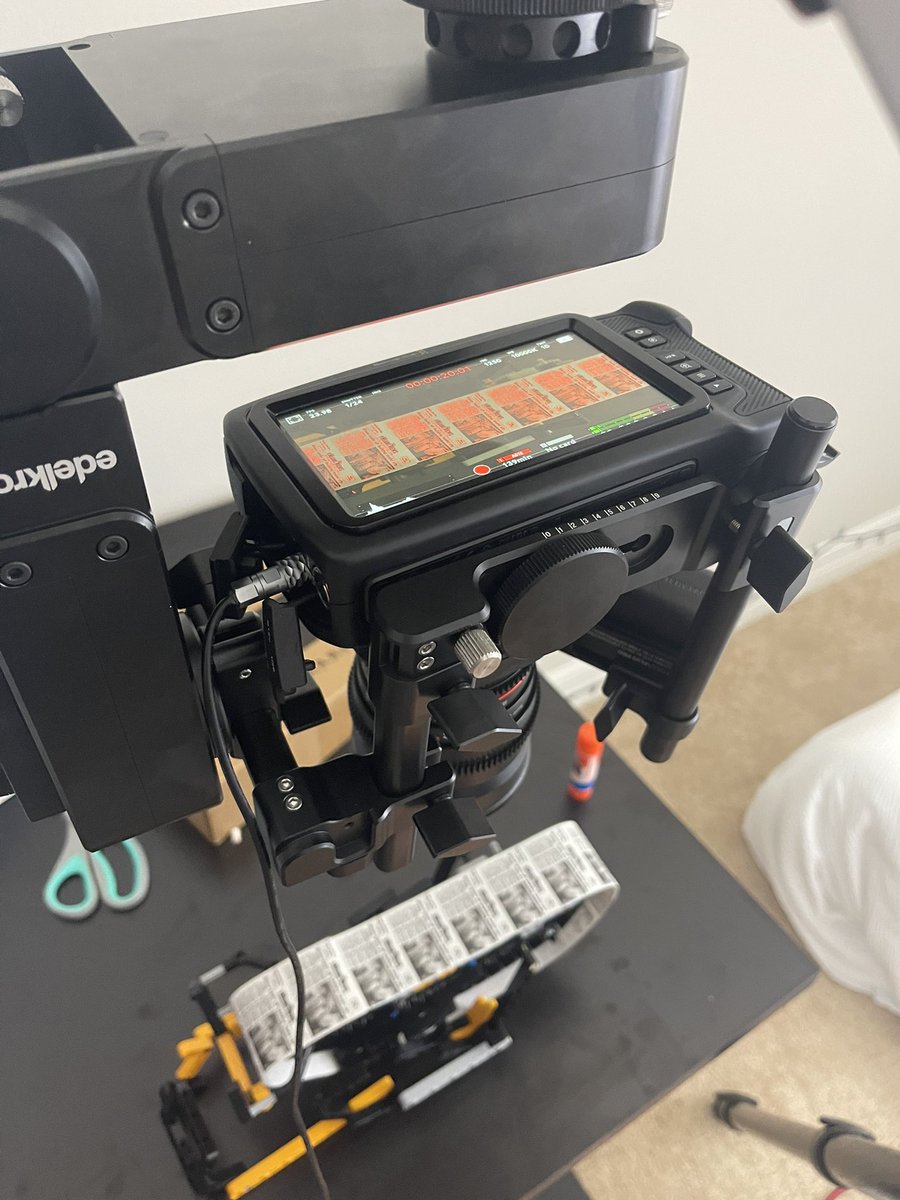Patrick Starr is a Filipino-American makeup artist who rose to fame around 2015 through his YouTube channel, which challenges traditional views of beauty and makeup. He was born in Orlando, Florida, to Filipino immigrant parents who had pretty narrow views of what was considered "successful". When he discovered his passion for makeup and started his first job at MAC (a popular makeup brand), they were unhappy with his career choice, as they wanted him to go to school to be a nurse. They were not the only ones that did not support his passion for makeup...Starr has revealed that at the beginning of his career, he was bullied and belittled online. When he started his makeup channel, there were very few male influencers in the beauty industry, a traditionally female-dominated industry. It was often scary for him to wear makeup publicly for fear of discrimination, but Patrick was determined to convey the message that makeup has no gender. He curated his makeup channel to be a positive, inclusive space for people of all identities and backgrounds. As a plus-size, gay, Filipino male makeup artist, he was no stranger to negativity and judgment, so he never wanted anyone in his online community to feel unwelcome.
Today, in the US and beyond, the acceptance of men enjoying makeup and its fluidity is growing. Shows like RuPaul's Drag Race and more inclusive cosmetic campaigns are gradually reshaping the makeup industry. Patrick Starr, along with other influencers, is revolutionizing the use of makeup for self-expression and confidence, moving away from the idea of using makeup solely to conform to beauty standards. His motto, 'Makeup is one size fits all,' encapsulates his belief that makeup is for everyone, regardless of gender or identity.
I watched a few videos on Patrick Starr's YouTube channel to observe his creative process, as I couldn't find a concrete routine he follows online. I noticed that Patrick often uses inspiration from other makeup artists or trends he has seen online. He draws inspiration from fashion, pop culture, seasons, nature, and daily observations. For example, in one video, he made a "spring" look inspired by bright pastel colors. One of the main parts of his creative process is experimenting with looks and revising them to fit the face of the person he is working with. The nice thing about using makeup as an art form is that it is easy to manipulate and change if you want to try something new. In one video, Starr decided that he didn't like the eye makeup he had just done, so he simply wiped it off and started over.
As a makeup artist, I think that Patrick Starr challenges the gender binary that is mentioned in "The Creative Spark" by Augustin Fuentes. Fuentes writes about how gender has a social and cultural basis rather than biological. Society constructed ideas about how men and women should act and interact with others and the world around them. Throughout more recent Western history, makeup has fallen into the category of "feminine" rather than "masculine," and we often view it as a means to garner male attention. Starr shows that makeup can be a form of art and creativity without gender. This also connects to Chapter 10, where Fuentes talks about humans using creativity beyond practicality. We find beauty in colors, shapes, patterns, and more, even if they do not serve a purpose other than just pleasing the eye. I think that makeup can serve the biological purpose of attracting mates, but it is clear that, as a makeup artist, that is not Starr's goal. He creates looks that serve as costumes or are just fun to look at!
https://www.cnn.com/style/article/patrick-starrr-beauty/index.html
https://www.glamour.com/story/patrick-starrr-interview
https://people.com/celebrity/patrick-starrr-bio/






/cdn.vox-cdn.com/uploads/chorus_asset/file/24781793/rev_1_BARBIE_TP_0006_High_Res_JPEG.jpeg)











